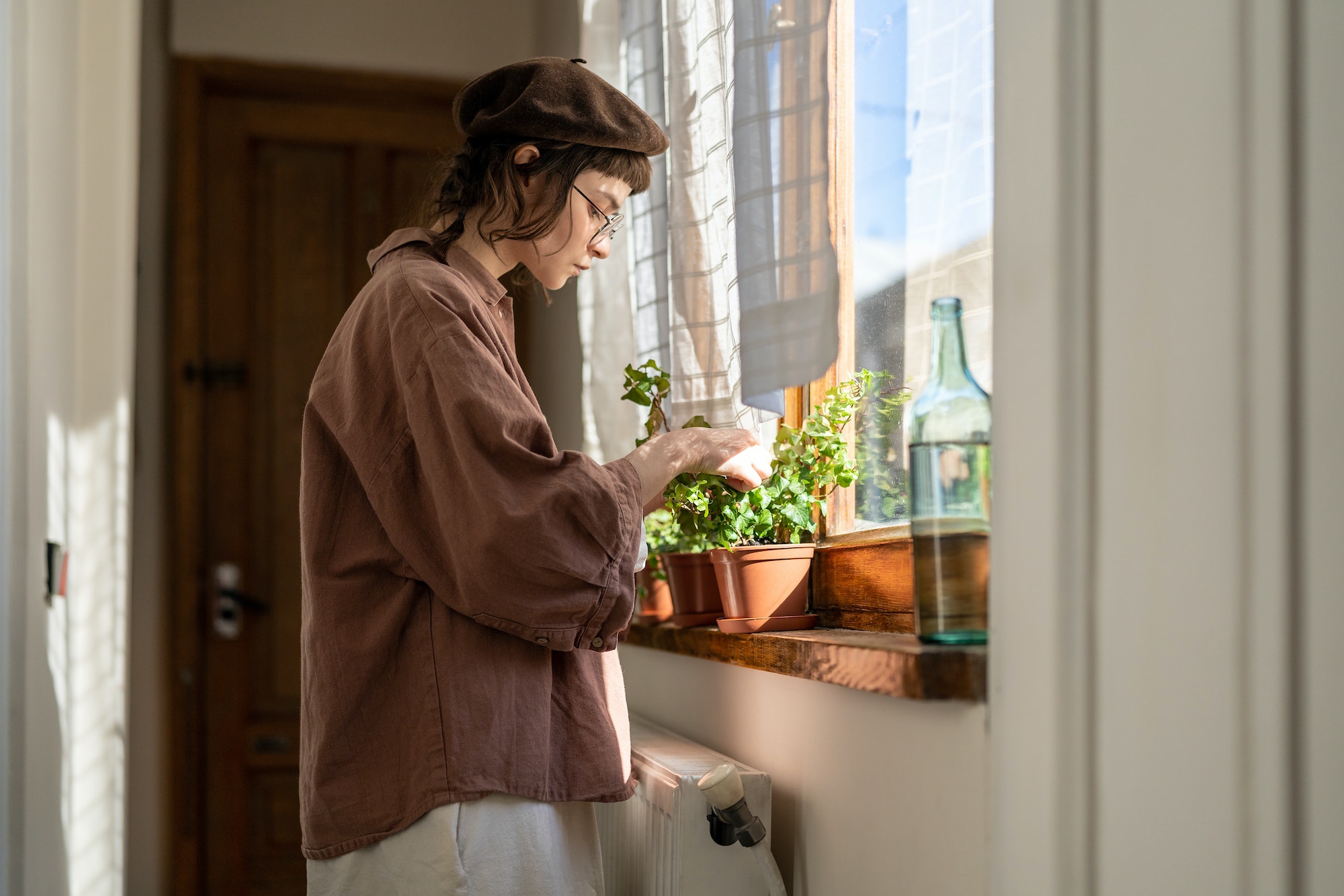Spring Break Pests on the Rise: How to Take a Break from Uninvited Guests?
As spring break approaches, many eagerly anticipate a well-deserved vacation to rejuvenate and relax. However, amidst the excitement, it is important not to overlook the potential threats posed by pests. These niggling invaders, like bed bugs and mosquitoes, may easily transform a lovely vacation into a nightmare. In this article, we will explore common spring break pests and their risks and provide effective prevention strategies to ensure a pest-free vacation experience.
Understanding Common Spring Break Pests and Their Risks
When it comes to spring break, several pests commonly plague vacation destinations. Bed bugs are one of the most notorious pests, as they can easily hitch a ride on luggage and clothing, leading to infestations in hotels and rental properties. Mosquitoes are another significant concern, as they cause itchy bites and transmit diseases such as Zika and dengue fever. Other pests to watch out for include cockroaches, ants, and ticks, which can carry Lyme disease. Understanding the risks associated with these pests is crucial for effective prevention.
The Importance of Effective Pest Prevention Strategies
Effective pest prevention strategies are essential to safeguarding against spring break pests. Not only do pests pose health risks, but they can also cause property damage and negatively impact the overall vacation experience. By implementing proactive measures, vacationers can minimize the chances of encountering pests and ensure a hassle-free getaway. Moreover, addressing pest issues promptly can prevent infestations from spreading and becoming more difficult and costly to eradicate.
Identifying Vulnerabilities: Tips for Assessing Your Property
Before embarking on your spring break adventure, assessing your property for vulnerabilities that may attract pests is crucial. Look for any openings or cracks that pests could use as entry points and seal them. Be sure to inspect mattresses, furniture, and upholstery for signs of bed bugs. Remove any stagnant water sources, such as buckets or flower pots, to eliminate breeding grounds for mosquitoes. Identifying and addressing these vulnerabilities can significantly reduce the risk of pest infestations.
Implementing Proactive Measures: Key Prevention Tactics
Several key tactics should be implemented to prevent pests during spring break. Firstly, always pack your belongings in sealed plastic bags to prevent bed bugs from hitchhiking. Upon arrival at your accommodation, inspect the room thoroughly for any signs of infestations. Use insect repellents containing DEET to protect against mosquito bites. Keep your surroundings clean and food debris-free, as this can attract pests. Additionally, consider using bed bug mattress encasements and installing door sweeps to enhance protection further.
Essential Dos and Don’ts for Spring Break Pest Control
When it comes to spring break pest control, there are essential dos and don’ts to keep in mind.
Do: Vacuum your luggage and clothing upon returning home, wash them in hot water, and dry them on high heat to eliminate any potential pests.
Don’t: bring used furniture or mattresses into your home without inspecting them thoroughly for signs of infestations. Avoid leaving doors and windows open without proper screens, as this can invite pests indoors. Following these guidelines will help ensure a pest-free environment and prevent unwanted pests from hitching a ride back home.
Educating Vacationers: Spreading Awareness and Best Practices
Spreading awareness and educating vacationers about pest prevention practices is crucial in ensuring pest-free spring breaks for all. Hotels and rental properties should provide information about common pests, their risks, and prevention methods. Brochures or flyers in guest rooms can serve as reminders to check for bed bugs and practice good hygiene habits. Travel websites and social media platforms can also be utilized to share educational content and raise awareness among vacationers. By disseminating information and promoting best practices, we can collectively minimize the impact of pests during spring break.
Ensuring Pest-Free Spring Breaks for All
There is no doubt that spring break pests can quickly turn a much-anticipated vacation into a nightmare. However, we can ensure pest-free spring breaks for all by understanding common pests, implementing effective prevention strategies, and educating vacationers. By staying vigilant, addressing vulnerabilities, and following best practices for pest control, we can create a safe and enjoyable vacation experience free from the annoyance and health risks associated with pests. So, as spring break approaches, let us be proactive in guarding against pests, allowing us to embrace the relaxation and enjoyment that this season brings fully.
FAQs
1. What are common pests that become more active during spring?
Some common pests that become more active in spring include ants, mosquitoes, termites, flies, and bees. Warmer temperatures and increased moisture often draw out these pests.
2. How can I prevent spring pest infestations?
To prevent spring pest infestations, consider the following steps:
- Seal any cracks or openings in doors, windows, and foundation walls.
- Keep your home clean and tidy, minimizing potential food and water sources for pests.
- Remove standing water around your property to discourage mosquito breeding.
- Trim vegetation and maintain a well-groomed yard to reduce hiding places for pests.
- To keep insects out of your house, think about adding screens to your windows and doors.
3. What should I do if I notice a pest infestation during spring?
If you notice a pest infestation during spring, it’s important to take immediate action to prevent the problem from worsening. Here’s what you can do:
- Identify the type of pest and assess the extent of the infestation.
- If it’s a minor infestation, you may attempt DIY methods such as using traps or sprays specific to the pest.
- For more severe or persistent infestations, contacting a professional pest control service is advisable to ensure effective eradication and prevention measures.
4. Are there any natural methods to control spring pests?
Yes, there are natural methods that can help control spring pests. Some examples include:
- Using essential oils with pest-repellent properties, such as citronella oil for mosquitoes or peppermint oil for ants.
- Planting pest-deterring herbs and flowers in your garden, such as basil, lavender, or marigold.
- Employing physical barriers like netting or screens to keep pests away from vulnerable areas.
- Keeping a clean and well-maintained yard to reduce pest habitats.
5. Can spring pests cause health risks?
Yes, certain spring pests can pose health risks. For example:
- Mosquitoes are known carriers of diseases like dengue fever, Zika virus, and West Nile virus.
- Flies can transmit bacteria and contaminate food, potentially leading to foodborne illnesses.
- Wasps and bees can sting and trigger allergic reactions in those who are vulnerable.
- Rodents like mice or rats can spread diseases through their droppings and urine.
Taking appropriate measures to prevent and control spring pests is essential to safeguard your health and well-being. Visit our website ContractorHomeQuotes.com to learn more.








